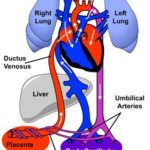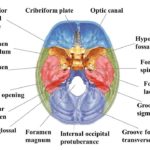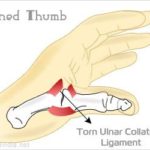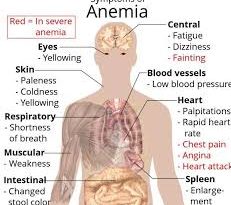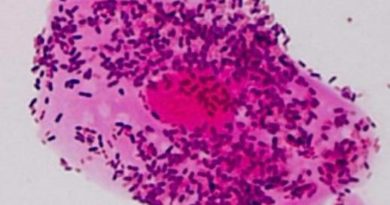Medial Meniscus Tears
What are Medial Meniscus Tears?
Medial Meniscus Tears are common knee injuries. These commonly result when the knee is injured during blunt trauma but a sudden knee jerk or twist can result in just the same. Over exerting the knees during exercise can also cause tears in the meniscus.
In order to determine that a possible medial meniscus tear has occurred, a detailed history from the patient with a history of extensive use of the knees must be obtained. Most patients will complain of pain in the knees when they attempt to use the overworked knee.
A sensation of clicking, locking or unusual sensation of giving way affects the affected knee along with swelling. Certain medical manoeuvres can be performed to confirm the diagnosis. To supplement the diagnosis, radiologic examination may be performed on the affected knee.
X-rays, Computed Tomography scan and Magnetic Resonance Imaging can be done to assess the damage, but since medial meniscus are located well inside the knee joint, MRI has the best resolution and assessment capability of all the radiologic modalities.
Anatomy of Meniscus

Image 1: The medial meniscus of the left leg
Understanding the function of the menisci in stabilizing the knee will help us understand how these injuries come about, how they can be prevented from suffering injury and how to treat them when they do occur.
Menisci (plural for meniscus) are fibro-cartilaginous tissues that help displace the weight of the body as well as reduce friction during movement.
Since they are situated in the upper part of the tibia, they will undergo a lot of pressure and stress during day to day exercises. Body structures usually undergo a process building up and tearing down.
When the legs get some much needed rest after a hard day’s work, the process of regeneration starts, but if the menisci are stressed far beyond their ability to repair, the process of inflammation starts.
Medial Meniscus Tears Causes
Once a process of inflammation starts, the body does its best to reduce the inflammation by a process of negative feedback. But the body can only do so much in reducing inflammation if the menisci continue to undergo constant stress due to zealous exercise. The fibro-cartilaginous don’t regenerate as fast and eventually they weaken to the point where tears may develop.
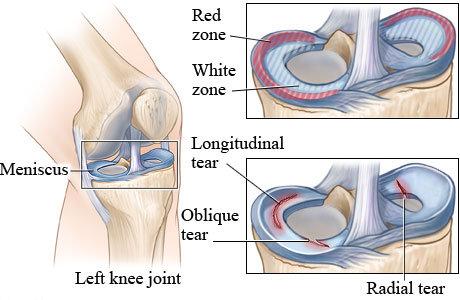
Image 2: Tears in the menisci
As the inflammation continues unabated, the chances of healing decrease and the tears get bigger and bigger. If the tear is big enough, the signs and symptoms of meniscal tears manifest. Pain, tenderness and sensations of clicking and giving way become evident.
This process doesn’t happen overnight and usual entails months of overuse of the knee joint. By the time the patient detects the signs and symptoms the tears are already big enough to require medical intervention.
Treatment
If the medial meniscus tears are early in the course of the disease, conservative medical management can be initiated to begin the process of healing. This starts with adequate rest and elevation of the affected knee joint, ice compresses and a complement of non-steroidal, anti-inflammatory drugs such as aspirin or acetaminophen. This conservative treatment is highly satisfactory and relieves the signs and symptoms in a majority of patients.
Sometimes, intracapsular steroid injections may be given as needed to decrease the inflammation in the menisci, this is most effective in the vascular area as the steroids have adequate access to the tissues to exert their potent effects.
For cases wherein despite the above management and the signs and symptoms persist, surgical therapy may be initiated to repair the tear in the menisci. There are different types of surgery for the menisci and they can be accessed via a specialized arthroscopic instrument or the traditional open surgery.
Partial meniscectomy
The treatment of choice, majority of meniscal tears can be easily repaired with sutures and or the inflamed area removed to reduce pain and improve stability if they cannot be sutured.
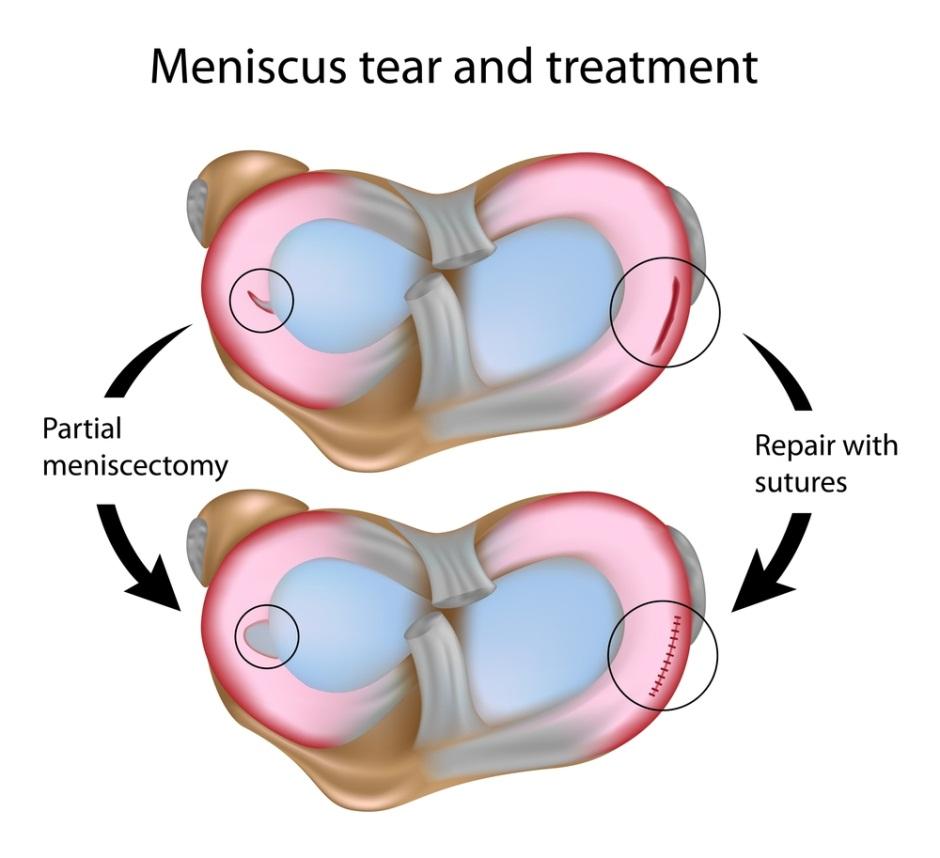
Meniscus repair
If the tears are in the vascular zone, repairs can be done by suturing the tear and let the blood flow to the affected area to heal. This requires the services of a professional orthopaedic surgeon who knows the ins and outs of the joint and can effectively manipulate the instruments to the desired area.
Menisci transplantation
This is a relatively new procedure that aims to replace the damaged menisci with fresh new tissue from human donors. The effects of this method have been yet to be verified but may give good options for patients who wish to be relieved of their condition in a more regenerative approach.
Prognosis
If given enough time to heal and rest, most people who suffer these tears experience recovery to full function within months. As long the affected menisci are given a chance to reduce the inflammation, healing of the affected menisci may begin and conservative therapies can be the focus of the therapeutic intervention.
If the menisci are persistently insulted over the course of the few months after the signs and symptoms develop, it may take 6 months or more for the menisci to recover spontaneously and may require surgical intervention to correct.
Conclusion
Medial Meniscal tears are relatively common owing to the nature of the function of the menisci. They will constantly be subjected to the stresses in daily activities of living and adequate rest and relaxation must be given to ensure optimal health of these hardy tissues.
Medial meniscal tears can be treated surgically if the medical conservative approach will not suffice, but time must be given if the patient is ever to a healthy, pre-morbid condition of meniscal tearing.
References:
- Medial Meniscus Tears – https://www.medicinenet.com/torn_meniscus/article.htm
- emedicine.medscape.com/article/90661-treatment
- https://en.wikipedia.org/wiki/Tear_of_meniscus
- https://www.webmd.com/a-to-z-guides/tc/meniscus-tear-symptoms
- Medial Meniscus Tears Symptoms & Surgery – physioworks.com.au/injuries-conditions-1/knee-meniscus-injury

